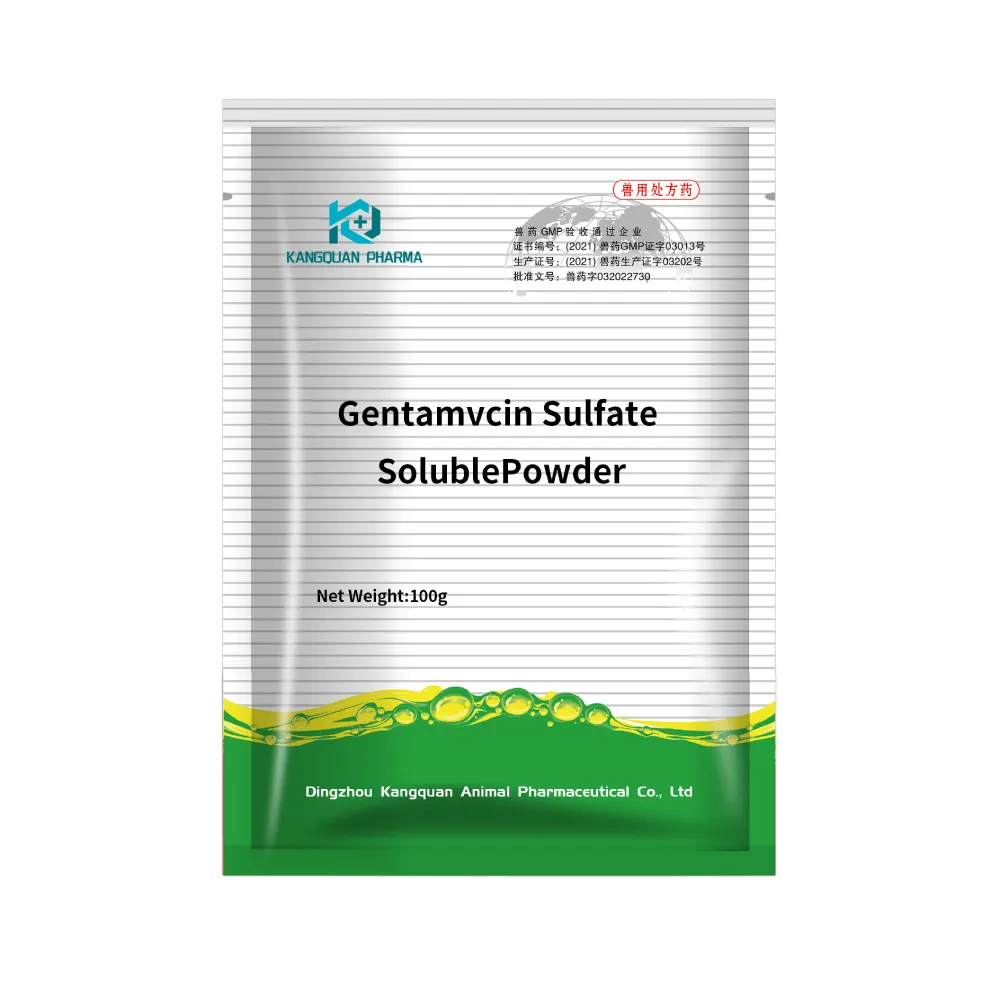- Afrikaans
- Albanian
- Amharic
- Arabic
- Armenian
- Azerbaijani
- Basque
- Belarusian
- Bengali
- Bosnian
- Bulgarian
- Catalan
- Cebuano
- Corsican
- Croatian
- Czech
- Danish
- Dutch
- English
- Esperanto
- Estonian
- Finnish
- French
- Frisian
- Galician
- Georgian
- German
- Greek
- Gujarati
- Haitian Creole
- hausa
- hawaiian
- Hebrew
- Hindi
- Miao
- Hungarian
- Icelandic
- igbo
- Indonesian
- irish
- Italian
- Japanese
- Javanese
- Kannada
- kazakh
- Khmer
- Rwandese
- Korean
- Kurdish
- Kyrgyz
- Lao
- Latin
- Latvian
- Lithuanian
- Luxembourgish
- Macedonian
- Malgashi
- Malay
- Malayalam
- Maltese
- Maori
- Marathi
- Mongolian
- Myanmar
- Nepali
- Norwegian
- Norwegian
- Occitan
- Pashto
- Persian
- Polish
- Portuguese
- Punjabi
- Romanian
- Russian
- Samoan
- Scottish Gaelic
- Serbian
- Sesotho
- Shona
- Sindhi
- Sinhala
- Slovak
- Slovenian
- Somali
- Spanish
- Sundanese
- Swahili
- Swedish
- Tagalog
- Tajik
- Tamil
- Tatar
- Telugu
- Thai
- Turkish
- Turkmen
- Ukrainian
- Urdu
- Uighur
- Uzbek
- Vietnamese
- Welsh
- Bantu
- Yiddish
- Yoruba
- Zulu
डिस . 09, 2024 18:35 Back to list
Comparative Analysis of Veterinary Disinfectants for Effective Animal Care and Infection Control
A Comparative Analysis of Veterinary Disinfectants
In the realm of veterinary medicine, maintaining a sterile environment is paramount for the health and wellbeing of animals. Disinfectants play a crucial role in this process, as they are employed to eliminate pathogens, reduce the risk of infection, and promote a safe space for both animals and caretakers. This article aims to compare various veterinary disinfectants available in the market, focusing on their effectiveness, application methods, safety, and overall suitability for veterinary practices.
Types of Veterinary Disinfectants
Veterinary disinfectants can be classified into several categories based on their chemical composition and active ingredients. The most common types include quaternary ammonium compounds (quats), phenolic compounds, aldehydes, and hydrogen peroxide. Each of these categories has distinct modes of action, efficacy against different types of pathogens, and varying safety profiles.
1. Quaternary Ammonium Compounds (Quats) Quats are popular in veterinary settings due to their versatility and effectiveness against a broad spectrum of microorganisms, including bacteria and some viruses. Commonly used quats include benzalkonium chloride and cetrimonium bromide. While they are relatively safe for use around animals, their efficacy can be considerably reduced in the presence of organic matter such as soil and animal waste.
2. Phenolic Compounds Phenolic disinfectants, such as Cresol and Lysol, are known for their broad spectrum of activity, including antibacterial, antiviral, and antifungal properties. They are effective against a wide range of pathogens, especially on hard surfaces. However, phenolics can be toxic to animals if ingested and may cause skin irritation, necessitating careful application and adequate rinsing.
3. Aldehydes Formaldehyde and glutaraldehyde are two commonly used aldehydes in veterinary practices. These compounds are potent disinfectants effective against bacteria, viruses, and fungi. Despite their efficacy, aldehydes have significant health risks associated with their use, including respiratory irritation and potential carcinogenic effects, so they should be handled with caution.
4. Hydrogen Peroxide This is a non-toxic disinfectant that breaks down into water and oxygen, making it an environmentally friendly option. Hydrogen peroxide is effective against a variety of pathogens and is particularly useful for disinfecting surfaces in animal housing and surgical environments. However, its efficacy can be compromised by organic material.
veterinary disinfectant comparison

Comparative Efficacy
The effectiveness of a disinfectant depends not only on its chemical nature but also on its concentration, contact time, and the specific pathogens present. In a veterinary setting, one must consider the most common pathogens that might affect animals, including bacteria like E. coli and pathogens like Canine Parvovirus.
Studies have indicated that hydrogen peroxide, in concentrations of 3-10%, demonstrates substantial efficacy against a broad array of microbial pathogens. Quaternary ammonium compounds, while effective, may require longer contact times and higher concentrations to achieve the same results, particularly in the presence of organic matter. Phenolic compounds are attractive due to their residual action, which continues to kill pathogens long after application.
Safety and Environmental Considerations
Safety is a critical concern when selecting a disinfectant for veterinary use. Many compounds have specific guidelines regarding safe handling, personal protective equipment (PPE) usage, and potential toxicity to both animals and humans. Quaternary ammonium compounds and hydrogen peroxide are often favored in settings with direct animal contact due to their relatively low toxicity. In contrast, aldehydes require stringent safety measures to mitigate risks.
The environmental impact of disinfectants is also an essential consideration. As veterinary practices aim for sustainability, choosing eco-friendly options like hydrogen peroxide can significantly minimize harm to the environment, particularly in water systems.
Conclusion
In conclusion, the choice of veterinary disinfectant involves a careful evaluation of various factors, including efficacy, safety, application requirements, and environmental impact. Quats, phenolics, aldehydes, and hydrogen peroxide each have strengths and weaknesses that must be weighed according to the specific needs of the veterinary practice. Ultimately, a comprehensive disinfectant strategy that considers these elements will lead to a safer and more hygienic environment for our animals, safeguarding their health and wellbeing against infectious diseases. As we continue to advance in veterinary medicine, ongoing research and development of new disinfectants will undoubtedly enhance our ability to maintain safe animal care settings.
-
Guide to Oxytetracycline Injection
NewsMar.27,2025
-
Guide to Colistin Sulphate
NewsMar.27,2025
-
Gentamicin Sulfate: Uses, Price, And Key Information
NewsMar.27,2025
-
Enrofloxacin Injection: Uses, Price, And Supplier Information
NewsMar.27,2025
-
Dexamethasone Sodium Phosphate Injection: Uses, Price, And Key Information
NewsMar.27,2025
-
Albendazole Tablet: Uses, Dosage, Cost, And Key Information
NewsMar.27,2025













